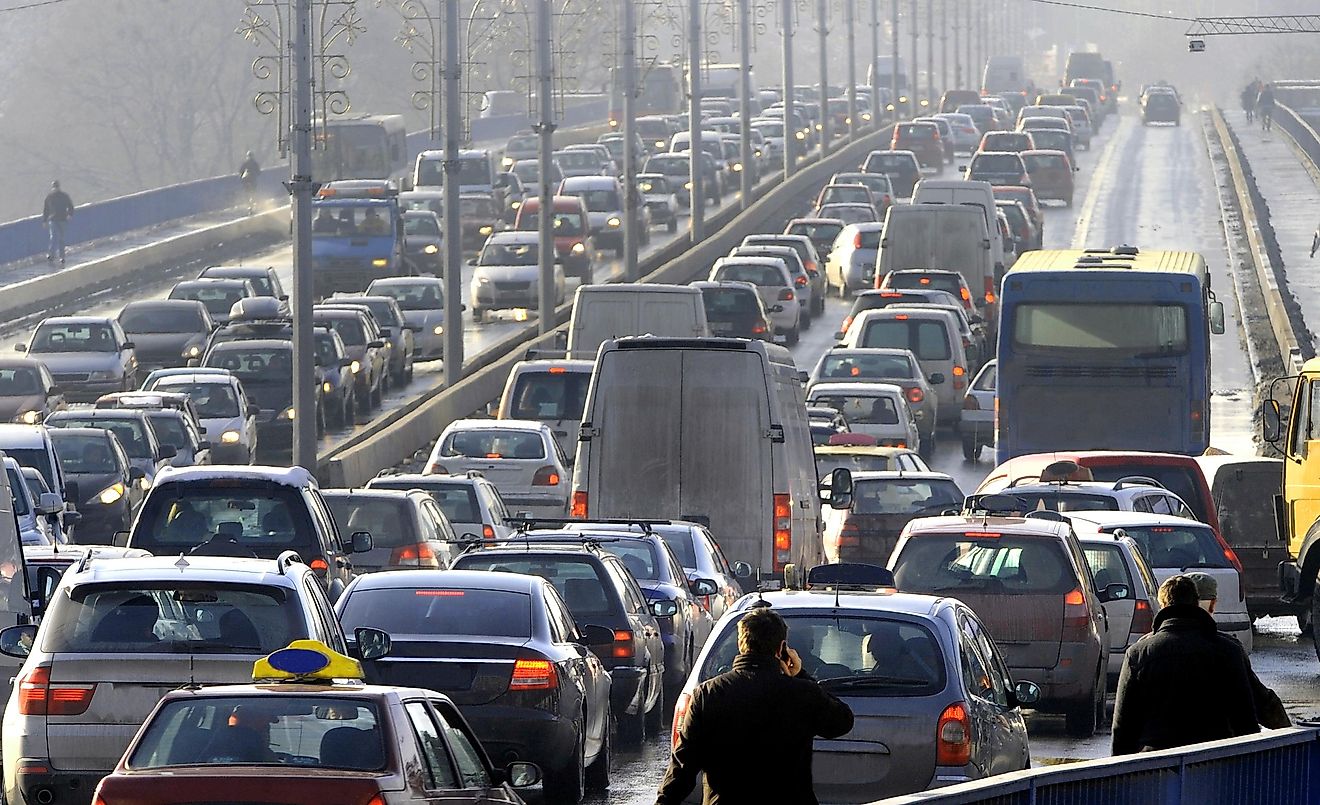What Is Automobile Dependency?

Automobile dependency is the over-reliance on automobile-oriented transportation. Automobiles include vans, cars, SUVs, motorcycles and light trucks. Automobile dependency is brought about by a lack of infrastructure to support other modes of transport such as rail, cycling, and walking. Automobile dependency makes it difficult to travel or reach services without driving a vehicle. The alternative is not carfree planning (lack of private vehicles) but a multi-modal transport system that allows people to access diverse transport options.
Causes of Vehicle Dependency
There are several reasons why people can depend on their vehicles as the primary source of transport. This includes lack of alternative transport models, availability of disposable income to purchase vehicles and associated costs, developed road infrastructure, and social class. The wealthy class have the disposable income to buy vehicles and do not require alternative means or view the alternatives as not within their social status.
Impacts of Automobile Dependency
Automobile dependency doubles the use and ownership of automobiles which lead to an increase in the cost of building infrastructure, parking, and energy. It also leads to a rise in per capita traffic fatality, land use, and pollution. As communities become automobile-dependent, the population that seeks alternative modes grows increasingly smaller. As a result, public and planning policies favor automobile travel while disregarding other modes.
Until recently, transport professionals and public officials considered automobile dependency desirable because it reflected wealth and improved consumer preferences. It was associated with convenience, comfort, economic development, and success. After years of rural-urban migration, the assumption is being questioned due to the diminishing marginal returns of private vehicles. Billions of dollars are spent annually on energy and infrastructural development to the increase in the number of vehicles
Cities with Extreme Vehicle Dependency
Cities in the United States and Australia experience extreme vehicle dependency while cities in Canada and Europe experience are slightly dependent. São Paulo, Shanghai, Beijing, Prague, Mumbai, Taipei, and Guangzhou are developing into vehicle dependent cities due to population influx, rising income, and improved road infrastructure. New York, Melbourne, Los Angeles, and Peterborough are some of the cities that are extremely vehicle dependent. Surprisingly, cities such as Tokyo, Paris, and London ranks among the least vehicle dependent because of diverse transport systems.
Trends in Automobile Dependency
Automobile dependency is already a problem in developed countries, but the trend is crawling into developing countries. The effects are not severe in the developing states due to lack of infrastructure to support the increase in vehicles. Cities such as Nairobi, Lagos, Kampala, New Delhi, and Karachi experience massive road jams.











